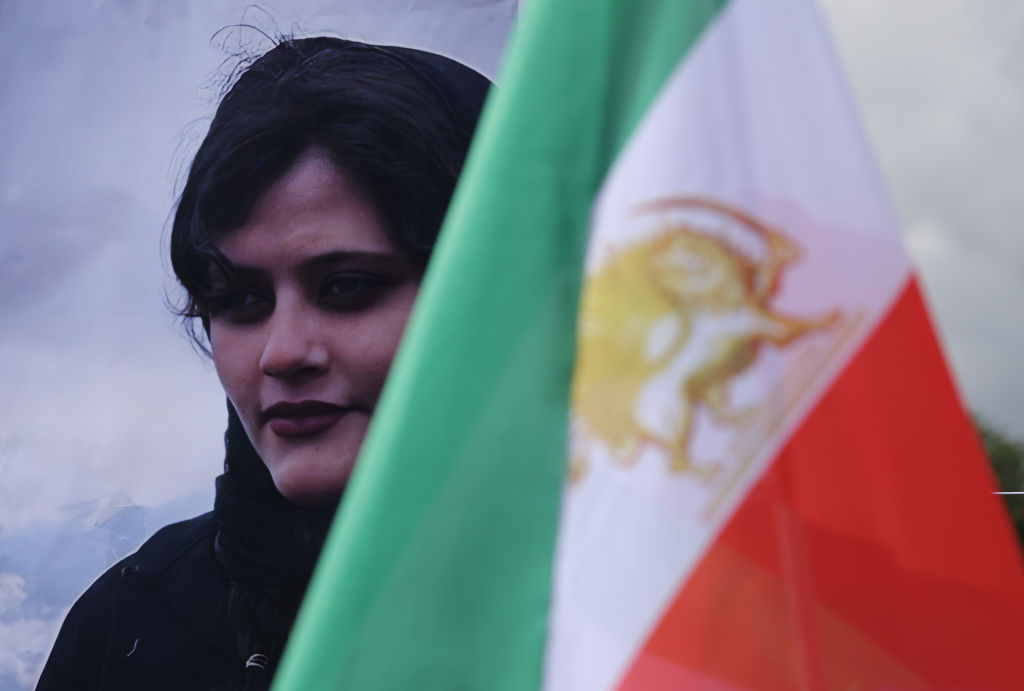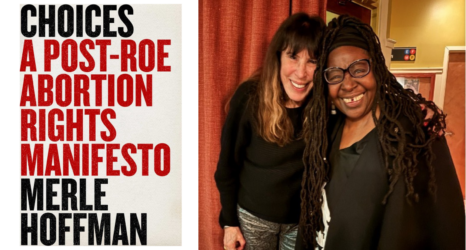
Over five months after the death of 22-year-old Kurdish Iranian woman Mahsa Amini in police custody, protests persist in large and small cities alike, despite violent government crackdown. Thousands have been arrested, hundreds killed, four have been executed, and several more are facing the death penalty on charges that include “war against god”—yet protesters continue to rally on the streets. All this is in response to the death of a woman in a region where various forms of violence against women and girls have become part of the quotidian. So what is special about Amini?
Undoubtedly, social media played a crucial role in informing and mobilizing large numbers of Iranians. Indeed, it is difficult to remain indifferent to the photos and video published on Twitter showing Amini lying unconscious in a hospital bed with signs of bleeding from her ear—which, as many have pointed out, suggests that Amini’s cause of death is far more sinister than the heart attack theory advanced by the authorities. But then again, in a region that is home to one of the largest communities of digital natives, there is no shortage of widely disseminated sounds and images of girls and women being harassed and punished by men (and at times women) for the way they dressed or behaved in public spaces.
Iran’s unique context, too, played a crucial role. I have previously written that Iran’s descent into theocracy has eventually produced an unapologetic brand of feminism, one that is reluctant to seek compromise between religious doctrine and women’s rights. This was a lesson learned the hard way in 1979 by the many Iranian women, who assumed that the concessions they made to advance their political cause would be temporary.
Instead, they ended up among Ayatollah Khomeini’s first victims. Within weeks of toppling one dictator, women found themselves under the oppressive rule of another one who was determined to take away their freedom, including the right to freely occupy public space. As soon as he took power, Khomeini decreed that all women employees in government offices must wear the veil. By April 1983, the veil became mandatory for all Iranian women in public spaces.
These women are the mothers, aunts and grandmothers of the many women of today, who four decades later are still being controlled about how they should dress and with whom they can undress. Amini was one of them. Indeed, the many comments about her “improper attire” may give the impression that Amini was not wearing the veil. She was.
What more, the head cover was only one of the many concessions she had to make on that day. She was wearing loose clothes covering her body. She was also outside in broad daylight with the permission of her family and in the company of her brother. These concessions, unfortunately, do not account for the many other concessions she has been making every single day of her 22 short years.
How many of her inspirations, aspirations and dreams were limited by the arbitrary fact that she was born a girl in Iran?
And that is the answer to what is special about Amini: nothing at all. Very often, in highly publicized cases of violence against women from the region, one could almost always detect blame in the narratives that highlight the special circumstances of violence. The victim must have done something to offend a male relative, or a male tout court. In the case of Amini, however, other than the strands of hair that escaped her scarf, she has been complying with even the most oppressive of expectations.
She was just another woman in Iran who, despite following the rules, was still arrested, humiliated and punished.
In his Grammy award-winning song, “Baraye,” which collected over 40 million views 48 hours after its release on Instagram, Shervin Hajipour compiled online posts by Iranians about their reasons for protesting, most of which revolve around a desire of an ordinary life. Amini’s death has made Iranian women, girls and their male allies aware of the unattainability of such a dream. It has finally abolished for them the myth that following the rules would keep them safe from misogyny’s wrath. They have concluded that if a few strands of hair have cancelled 22 years worth of concessions, then why concede at all?
Up next:
U.S. democracy is at a dangerous inflection point—from the demise of abortion rights, to a lack of pay equity and parental leave, to skyrocketing maternal mortality, and attacks on trans health. Left unchecked, these crises will lead to wider gaps in political participation and representation. For 50 years, Ms. has been forging feminist journalism—reporting, rebelling and truth-telling from the front-lines, championing the Equal Rights Amendment, and centering the stories of those most impacted. With all that’s at stake for equality, we are redoubling our commitment for the next 50 years. In turn, we need your help, Support Ms. today with a donation—any amount that is meaningful to you. For as little as $5 each month, you’ll receive the print magazine along with our e-newsletters, action alerts, and invitations to Ms. Studios events and podcasts. We are grateful for your loyalty and ferocity.





